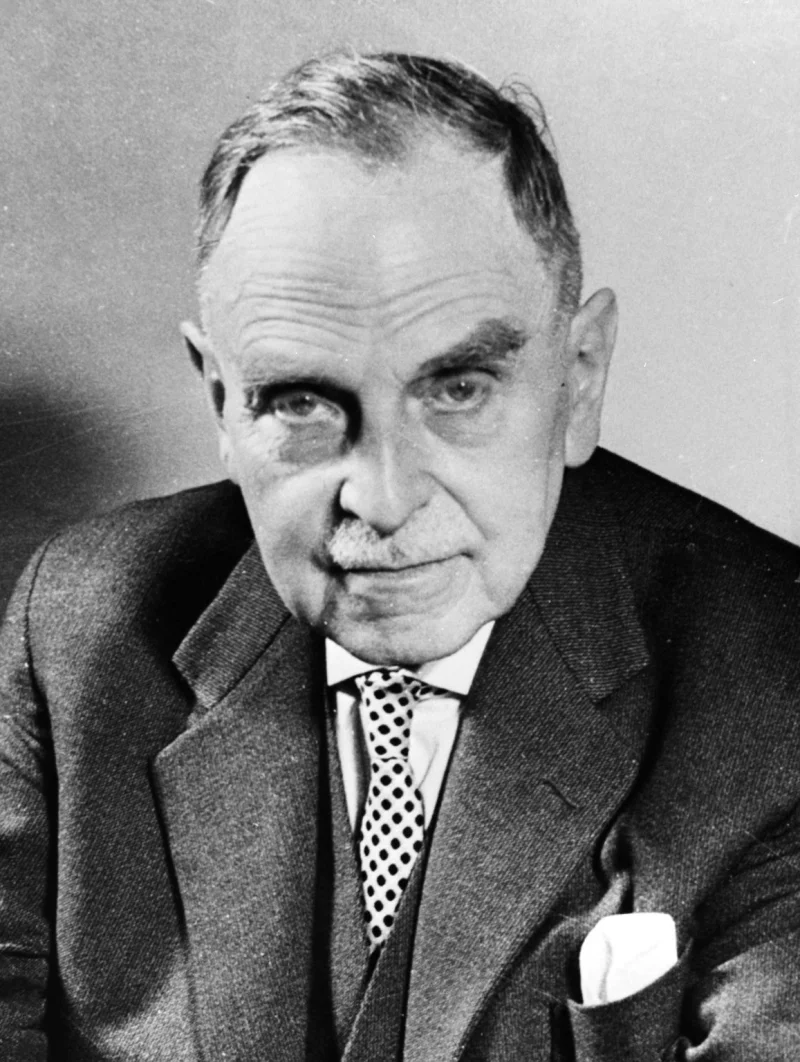Short Summary
Paul Ehrlich was a German physician and scientist renowned for his pioneering work in immunology, hematology, and chemotherapy. He is best known for developing the first effective treatment for syphilis, called Salvarsan, and for his contributions to the field of immunology, particularly the concept of the "magic bullet" in targeting disease. Ehrlich's innovative research laid the foundation for modern drug development and earned him a Nobel Prize in Physiology or Medicine in 1908. His work continues to influence medical science and pharmacology.
Early Life & Education
Born on March 14, 1854, in Strehlen, Prussia (now Poland), Paul Ehrlich was the son of a prosperous Jewish family. His father, Ismar Ehrlich, was a distiller and innkeeper, while his mother, Rosa, came from a distinguished family of merchants. Ehrlich showed an early interest in science and medicine, which led him to study at several prestigious universities, including Breslau, Strasbourg, Freiburg, and Leipzig. He completed his medical degree in 1878 in Leipzig. Influenced by his cousin Carl Weigert, a noted pathologist, Ehrlich developed a keen interest in the use of dyes for staining cells, which would become central to his future research.
Career Highlights
Paul Ehrlich's career was marked by significant contributions to medicine and science. After completing his medical studies, he worked at the Charité Hospital in Berlin, where he developed new staining techniques that revolutionized the identification of different types of blood cells. In 1891, he joined Robert Koch's Institute for Infectious Diseases and later became the director of the Royal Institute for Experimental Therapy in Frankfurt. His groundbreaking work in chemotherapy led to the discovery of Salvarsan in 1909, the first effective treatment for syphilis. Throughout his career, Ehrlich published extensively and collaborated with other leading scientists of his time.
Major Achievements
- Developed the first effective treatment for syphilis with the discovery of Salvarsan in 1909.
- Introduced the concept of the "magic bullet," a targeted approach to treating diseases.
- Won the Nobel Prize in Physiology or Medicine in 1908 for his work on immunity.
- Developed innovative staining techniques for identifying blood cells and bacteria.
- Established the field of hematology and contributed significantly to immunology and chemotherapy.
Famous Quotes
- "Fascination is one of the key forces that keep us scientists going."
- "The secret of science is to ask the right questions."
Interesting Facts
- Ehrlich's "magic bullet" theory laid the groundwork for modern targeted cancer therapies.
- He was a student of renowned bacteriologist Robert Koch, who discovered the tuberculosis bacterium.
- Ehrlich's work in staining techniques helped advance the diagnosis of diseases like tuberculosis and malaria.
- His research methods are still used in laboratories today, particularly in the study of infectious diseases.
- He was known for his interdisciplinary approach, combining chemistry, biology, and medicine.
Legacy / Influence
Paul Ehrlich's legacy in the field of medicine is profound. His innovative approaches to drug development and disease treatment continue to influence modern pharmacology and immunology. His concept of targeted therapy paved the way for advancements in cancer treatment and other diseases. Ehrlich's work established foundational principles in the fields of hematology, immunology, and chemotherapy, making him a pivotal figure in medical history.
FAQ
Q: Why is Paul Ehrlich famous?
A: He is famous for his pioneering work in immunology and chemotherapy, including the development of Salvarsan, the first effective treatment for syphilis.
Q: What was Paul Ehrlich's "magic bullet"?
A: The "magic bullet" was Ehrlich's concept of a targeted treatment that specifically attacks a disease-causing organism without harming the host.
Q: Did Paul Ehrlich win any awards for his work?
A: Yes, he was awarded the Nobel Prize in Physiology or Medicine in 1908 for his contributions to immunology.










